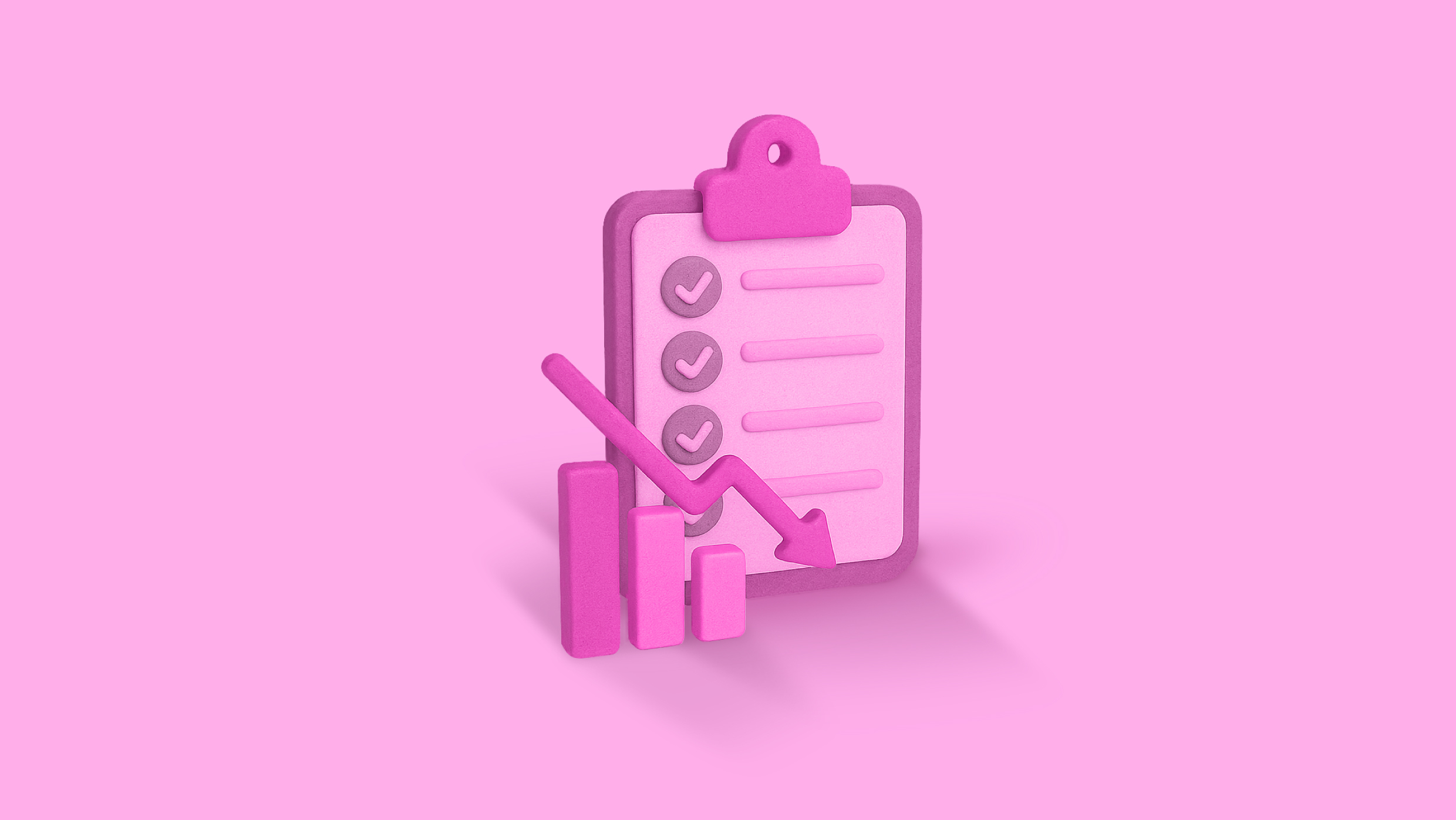You’ve built a product, acquired your first customers, and revenue is trickling in. But suddenly, your burn rate spikes, receivables get delayed, and you’re staring at a cash crunch.
Sounds familiar?
For startups, cash flow is more than just a financial metric. It’s your daily oxygen. Without it, even profitable businesses risk shutting shop. Whether you’re bootstrapped or funded, mastering cash flow management for startups can mean the difference between scaling up or shutting down.
In this blog, we’ll walk you through 8 practical strategies to navigate revenue dips and maintain financial stability—even during unpredictable phases.
1. Understand Your Cash Flow Cycle Inside Out
One of the most common reasons startups find themselves in a crunch during slow months is simply because they didn’t see it coming. That’s where cash flow forecasting plays a crucial role. It’s not about predicting the future with 100% accuracy — it’s about staying prepared.
A monthly forecast gives you visibility into your cash position, helping you plan around lean periods and make decisions confidently. Whether it’s holding off on a hire or negotiating vendor timelines, your cash flow forecast becomes the decision-making dashboard for your business.
- Track cash inflow and outflow in real-time.
- Identify peak and lean seasons.
- Create a monthly cash flow forecast for at least 6–12 months.
Use cash flow dashboards or accounting platforms (like OPEN Money) to get visibility into where your money’s going.
2. Prioritise Revenue Over Vanity Metrics
In high-growth environments, it’s easy to get distracted by vanity metrics — things like app downloads, website traffic, or social media followers. While these numbers feel good on a pitch deck, they rarely translate to cash in the bank. During revenue dips, it’s time to shift focus from what looks impressive to what actually keeps your company afloat.
This is where realigning your team and strategy around revenue-first thinking becomes critical. Instead of pouring resources into chasing growth metrics, channel your energy into monetisation and customer retention.
Here are a few smart ways to stay grounded in what really matters:
- Focus on revenue-generating activities.
- Launch or double down on subscription-based models for predictable income.
- Re-evaluate your pricing strategy—don’t undercharge just to acquire users.
3. Build a Cash Reserve—Before You Need It
Every founder knows they should have a buffer — but in the day-to-day rush of building a startup, saving for a rainy day often takes a back seat. Unfortunately, by the time you realise you need a reserve, it’s usually too late to build one.
A strong cash reserve acts as your shock absorber. It helps you stay in control when external conditions wobble — whether it’s a sudden dip in revenue, delayed payments, or an extended fundraising cycle. It also gives your team confidence that the company isn’t running on fumes.
Having a buffer helps you:
- Handle delayed payments from clients without disrupting payroll, vendor dues, or operational momentum.
- Survive a slow fundraising round without making desperate decisions or accepting unfavourable terms
- Retain team morale during uncertain months by ensuring salaries, tools, and key initiatives continue uninterrupted
Start small — even setting aside 5–10% of monthly revenue can snowball into meaningful support in just a few quarters.
4. Speed Up Receivables, Slow Down Payables
Late payments are one of the biggest killers of cash flow. The longer you wait to get paid, the harder it becomes to plan your next move. Many startups operate on generous credit terms or wait until the end of the month to invoice — a habit that needs fixing during tough phases.
Accelerating receivables by even 5–7 days can close your cash flow gap significantly. Here’s the golden rule: Get paid faster than you pay out.
Ways to speed up receivables:
- Incentivise early payments with small discounts.
- Offer digital payment methods with automated reminders.
- Use e-invoicing and payment links to reduce friction.
To delay payables (ethically):
- Negotiate longer payment terms with vendors.
- Use credit lines or credit cards smartly (without snowballing interest).
5. Cut Costs, But Don’t Cut Corners
When revenue slows down, cutting costs often feels like the most immediate solution — and it usually is. But it’s also a delicate balancing act. There’s a fine line between trimming fat and cutting into muscle. Many startups, in the rush to slash expenses, end up hurting the very operations that generate revenue, retain customers, or uphold the brand experience.
Instead of sweeping cuts, be deliberate. Here’s what you can do:
- Renegotiate SaaS or vendor contracts
- Pause non-essential hiring or marketing
- Move to co-working or hybrid models to reduce fixed office expenses
6. Consider Working Capital Loans or Credit Lines
Sometimes the smartest move during a revenue dip is to borrow — not out of desperation, but strategy. A short-term working capital loan can give your business the liquidity it needs to ride out a slump or invest in something that quickly turns around revenue. The key is to choose a lending partner that understands startups and offers flexible repayment terms.
Just ensure your debt doesn’t outpace your repayment capacity.
- Working capital loans for short-term needs.
- Invoice discounting to get advance payments on receivables.
- Business credit cards with 30–45 days of interest-free period.
OPEN Capital, for example, offers unsecured loans up to ₹30 lakhs with fast approvals—perfect for urgent cash flow gaps.
7. Revisit Your Burn Rate and Extend the Runway
When revenue dips, your burn rate becomes your biggest threat — and your best control lever. Burn rate is essentially how fast you’re spending your available cash. And when that spending continues unchecked while income slows down, your “runway” — the number of months you can survive without new funding — starts shrinking rapidly.
Startups often set their burn rate based on growth-stage ambitions, not survival-mode realities. But in lean periods, it’s worth switching gears. Re-evaluate every category of expense: Are you hiring ahead of demand? Is your marketing ROI strong enough to justify the spend? Can you delay upgrades, postpone expansions, or renegotiate contracts?
Even a 10–15% reduction in burn can stretch your runway by months — giving you time to rebuild revenue or raise new funds without desperation.
Steps to reduce burn:
- Cut down discretionary spends (events, travel, merchandise).
- Replace costly software with open-source or affordable alternatives.
- Move variable costs to performance-linked incentives.
8. Track Weekly — Not Just Monthly
Cash flow is a living number — it changes daily. Monthly tracking is helpful for big-picture planning, but weekly tracking is where operational decisions are made. By reviewing cash inflows, outflows, and balances weekly, you can catch red flags early and make adjustments before problems escalate.
- Review your budget vs actuals
- Adjust forecasts based on new data
- Involve your finance team (or tools like OPEN Money) to track cash flow metrics
Closing Thoughts: Cash Flow is Strategy, Not Just Survival
In the startup world, revenue dips are inevitable. What sets successful founders apart is how they plan for it, respond to it, and bounce back stronger.
Cash flow management for startups isn’t just a finance team problem—it’s a leadership responsibility. By following these 8 strategies, you can weather tough months, build trust with stakeholders, and grow your business on your terms.
Need help managing finances better? With OPEN Money, you can track expenses, automate vendor payments, and manage working capital—all in one place.
Frequently Asked Questions (FAQs)
What is cash flow management for startups?
Cash flow management for startups refers to tracking, analysing, and optimising the movement of money into and out of the business. It helps founders ensure there’s enough cash to cover salaries, rent, vendor payments, and other operational expenses while planning for growth.
Why is cash flow important for startups?
Cash flow is the lifeline of a startup. Even if a business is profitable on paper, delayed payments or high burn can lead to cash shortages. Managing cash flow helps ensure financial stability, timely decision-making, and better investor confidence.
What are the main causes of cash flow problems in startups?
Common causes of cash flow problems include:
- Delayed customer payments
- Uncontrolled expenses
- Poor financial forecasting
- Heavy upfront investments without steady revenue
- Rapid scaling without adequate reserves
How can I improve cash flow in my startup quickly?
To improve your cash flow, you can:
- Offer early payment discounts to clients
- Cut non-essential expenses
- Negotiate better payment terms with vendors
- Use tools for automating invoicing and collections
- Consider short-term working capital loans or invoice discounting
How much cash reserve should a startup have?
Ideally, startups should maintain 3 to 6 months of operating expenses as a cash reserve. This provides a safety net during revenue dips or delayed funding.
Are there tools to help with cash flow management?
Yes, platforms like OPEN Money offer dashboards for cash tracking, vendor payment automation, invoice management, and expense reports. These tools give startups a clearer picture of their financial health in real-time.
What’s the difference between cash flow and profit?
Profit is the surplus after all expenses are subtracted from revenue.
Cash flow is the actual money moving in and out of your business.
A business can be profitable but still face cash shortages if clients delay payments or expenses are mistimed.
Can I get a loan to manage short-term cash flow issues?
Yes. Many fintechs and NBFCs, including OPEN Capital, offer unsecured business loans, credit lines, and invoice discounting options tailored for startups to manage cash flow gaps effectively.
How often should I review my startup’s cash flow?
Ideally, review your cash flow weekly or monthly, depending on transaction volume. Regular monitoring helps you catch red flags early and make data-driven decisions.
What are the best practices for long-term cash flow stability?
Long-term cash flow stability starts with building strong financial habits and systems early on. Some best practices include:
- Monitoring your cash flow regularly — weekly or monthly check-ins help you stay ahead of potential dips.
- Maintaining a cash reserve to handle emergencies or slow revenue periods without panic.
- Forecasting realistically, including conservative revenue estimates and accurate expense projections.
- Optimising receivables — ensure clients pay on time by setting clear terms and using invoice automation tools.
- Avoiding unnecessary fixed costs, especially those that scale with team size or overhead.
- Diversifying income streams so you’re not overly dependent on one product, client, or market.
By putting these practices in place, startups can improve predictability, reduce stress during downturns, and make better long-term decisions.
Manage Cash Flow Smarter with OPEN
Track income, monitor expenses, and stay in control of your startup’s finances — all from a single dashboard.





